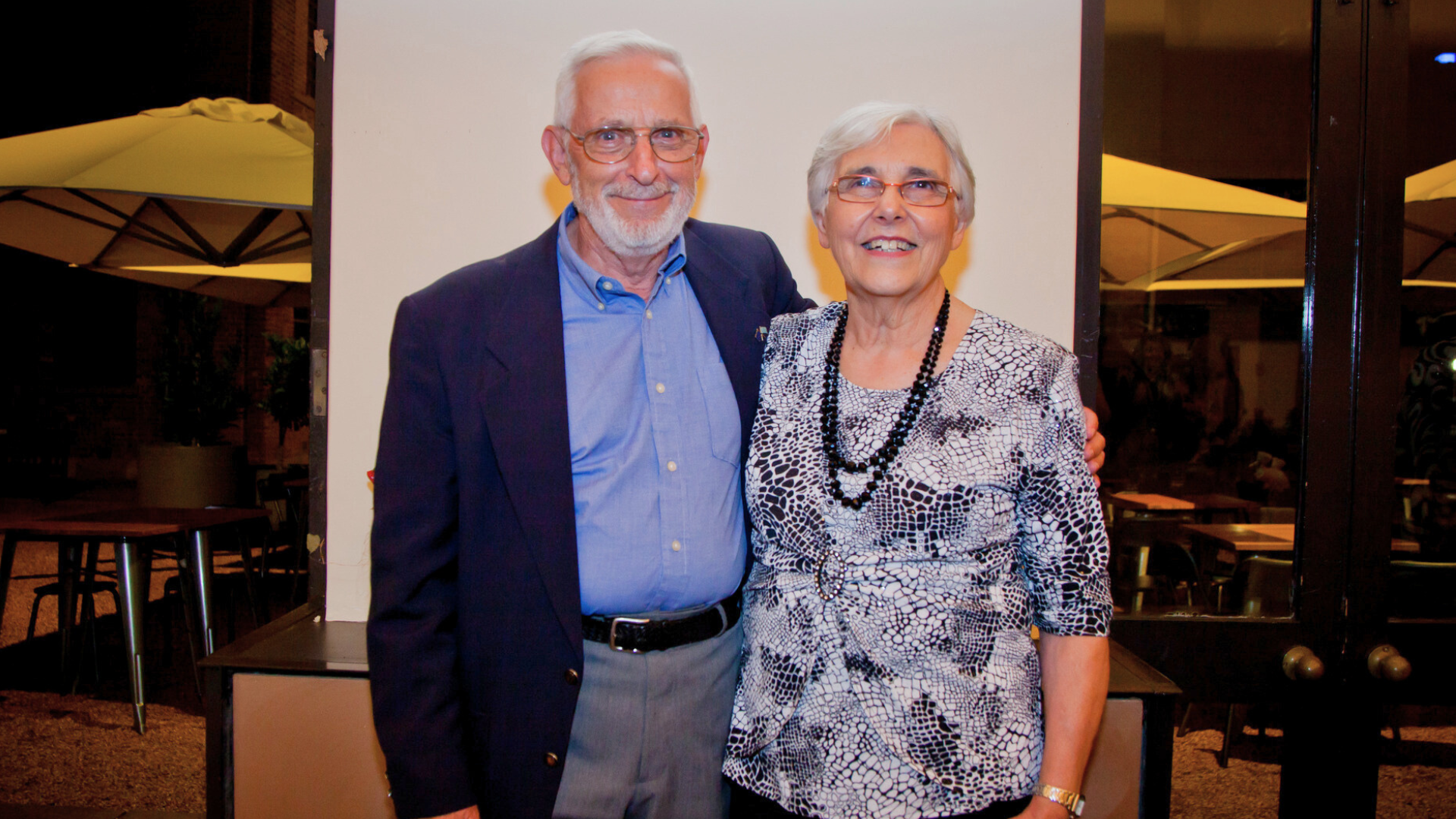Philhellene and fifth generation Australian, Peter McCarthy, 82, (also sometimes known as ‘Panagiotis’ and ‘Skoulandris’), has been associated with the Greek community for over 60 years – “since having married my wife Deanna (Sofia) of Greek descent in 1962.”
He adds, “our three daughters and four granddaughters are christened in the Greek Orthodox faith.”
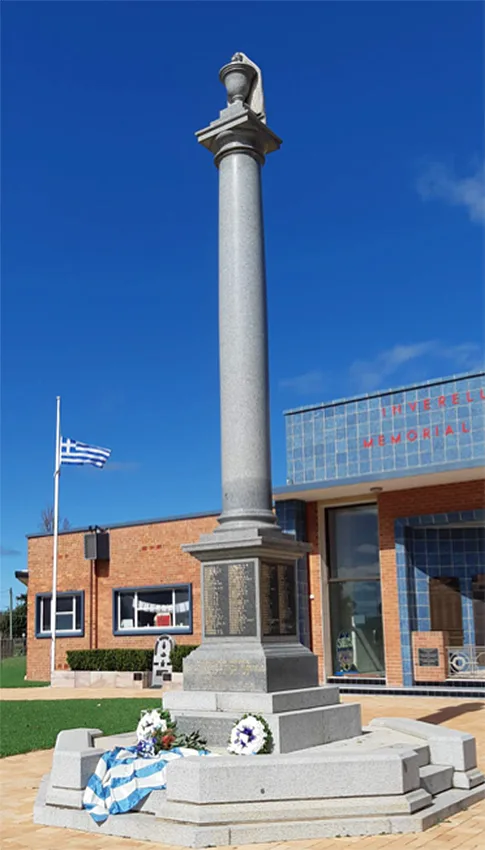
Peter says he has been involved in researching Greek migration to Australia for 25 years “mainly for personal and family reasons to endow my grandchildren with knowledge of their heritage.” Delving into this research has led him to broader socio-historic horizons, which he describes as “opening a Pandora’s box and releasing a Hydra!”
In this context as a connoisseur of historical research, Peter came across an important written speech. This eloquent, patriotic speech was given by Anargiros Stratigos and was broadcast on a Sydney radio station in 1946. It referred to ‘OXI’ Day, the Greek National holiday of October 28th. Mr Stratigos, Vice-President of the Greek-Australian League of Athens, came from Greece to Australia as an envoy of the then-Regent of Greece, Archbishop Damiskinos.
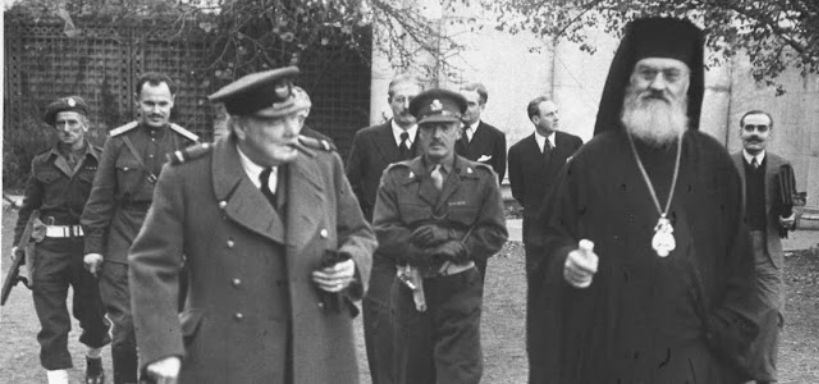
Peter describes this speech document as “the first official, notarised reference to the term ‘OXI’ Day in Australia.” The document and ensuing speech were a historic event attempting to cement the important friendship and camaraderie of Australia and Greece as Allies in both World Wars.
Referring to the brave ‘OXI’ (‘NO’) of the Greeks to Mussolini’s fascist forces entering Greece on the 28th of October 1940, representative phrases from Mr Stratigos’ 1946 speech include:
“These were the days when… the gallant Greek nation – unarmed, indigent, and unready, considered the mere thought of surrender as high treason and desecration of the memory of its ancestors, drawing added courage from a glorious history of three thousand years, having as only guide its indomitable spirit.”
And: “That NO was the dawn of the Victory of the Allied Nations, the first ray of hope in the despairing hearts of the civilised world.”
Furthermore, the speech acknowledged that the Greek and Allies’ long struggle delayed the Axis plans to invade Russia which could have changed the entire course of the War and world history. The thwarting of the Axis invasion of Egypt and north Africa was also mentioned. The plans to potentially invade India didn’t materialise, due to “these and so many other colossal services, the heroic Nation (Greece due to their ‘OXI’] rendered to the Allied Victory, service acknowledged and praise for all the Allies and their eminent leaders.”
Thanks to Peter’s meticulous research capabilities, we also know that Mr Stratigos had relatives in the northern NSW town of Inverell (570 kilometres from Sydney), originating from Kythera where Peter’s wife’s family hails.
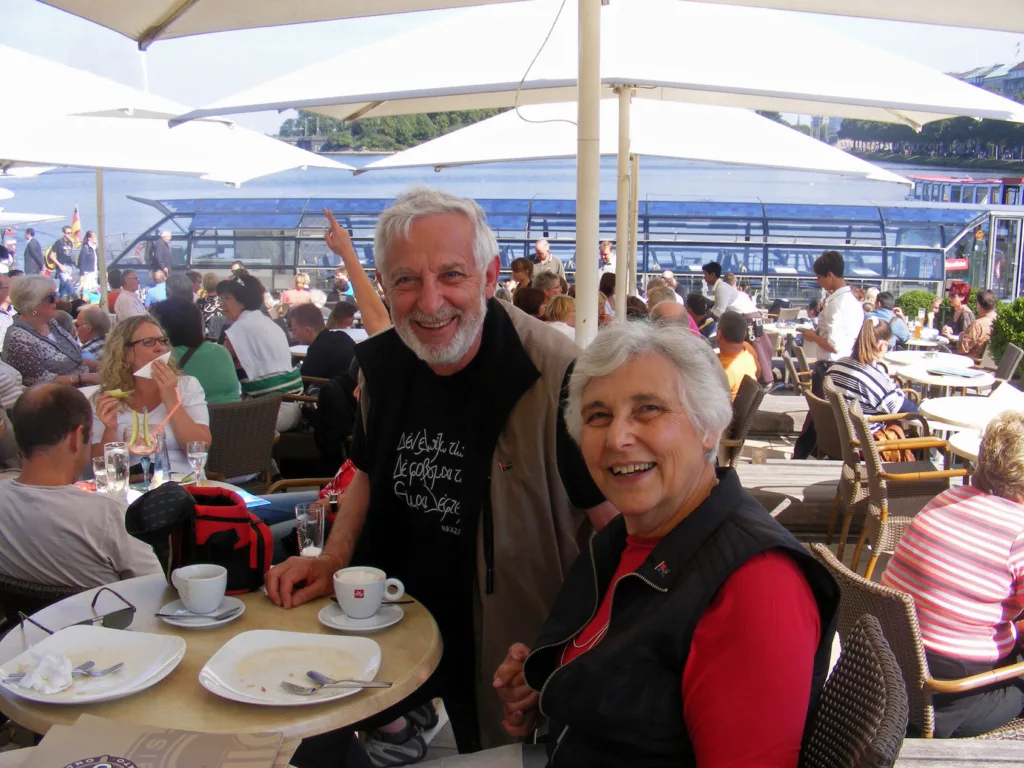
We also have such information due to Peter’s Philhellenism, leading him to take interest in sources relating to Greek Australian history in particular. In this case, his source is his wife’s mother, the late ‘Beatty’ Calliope Psaros and her “cardboard box.” It hosts a collection of Inverell newspaper clippings from 1927 “spanning 50 years.”
In the relevant clipping regarding Mr Stratigos’ visit to Australia and his speech in 1946, we also now know that his visit included the awarding of a commemorative medal and a diploma from Athens University to Australia. These endowments, which Mr Stratigos delivered from Greece to Australia, were in reverence of the over 17,000 Allied Australian soldiers who fought in Greece, and the many who lost their lives on Greek soil in WWII.

But there was also another important gift that Mr Stratigos brought from Greece to Australia in 1946. It was an ancient Corinthian urn from the 6th century, presented to Australia’s then-Prime Minister Ben Chifley.
The documenting of this event was also discovered by Peter through the newspaper clippings of his mother-in-law ‘Beatty’ in her cardboard box. In this case, an article from the Inverell Times in 1946 about this over 2,600-year-old Corinthian urn gift.
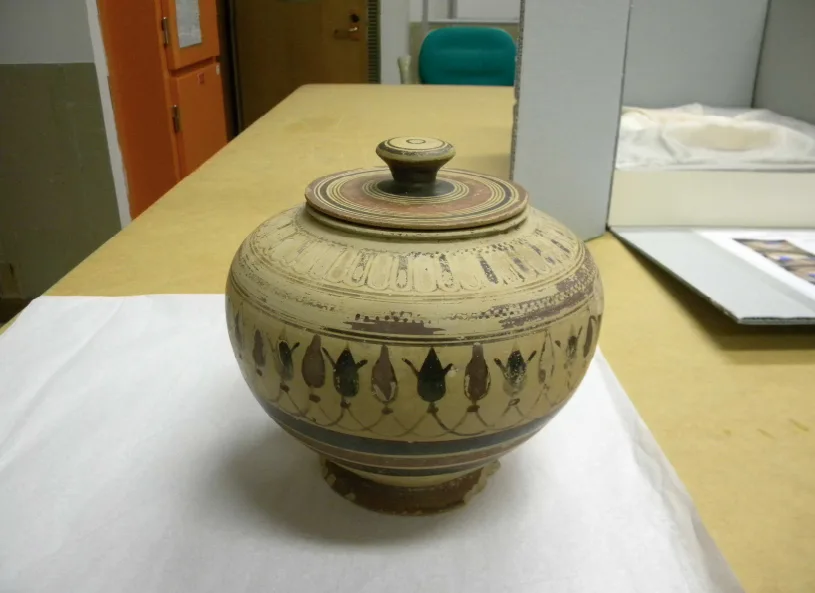
The ancient urn “contains earth from the graves of Australians killed” and buried at the Phaleron War Cemetery in Athens, who lost their lives fighting for Greece during WWII as Allies of the British forces assisting Greece in 1941.
This ties in with October 28th, 1940 when Greek Prime Minister Ioannis Metaxas said ‘OXI’ to Mussolini’s demand for his fascist army to enter Greece. From that day, Greece was at war with the AXIS powers; initially Italy and soon after with Italy’s ally, Germany. Greece was aided by her British Allies, including Australian troops.
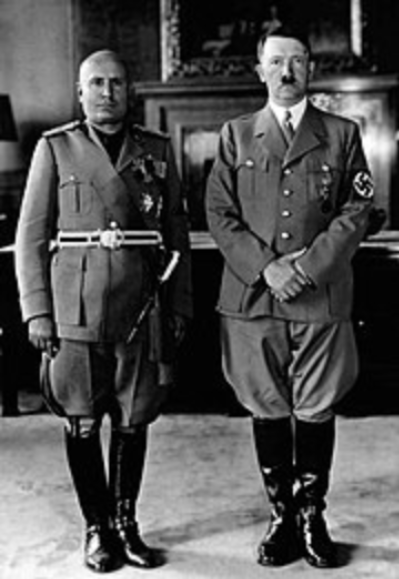
Apart from his rigorous assessing and documenting, Peter’s passion for historical research and for Hellenism, is also a lived experience. This is exemplified by his visit to Crete in 2005 where he was “extremely moved” by the 28th of October celebration in Liberty Square (Plateia Eleftherias), Irakleio.
“It was lined with Australian Gum trees, so I took off a couple of branches and laid them on the war memorial site,” he says.
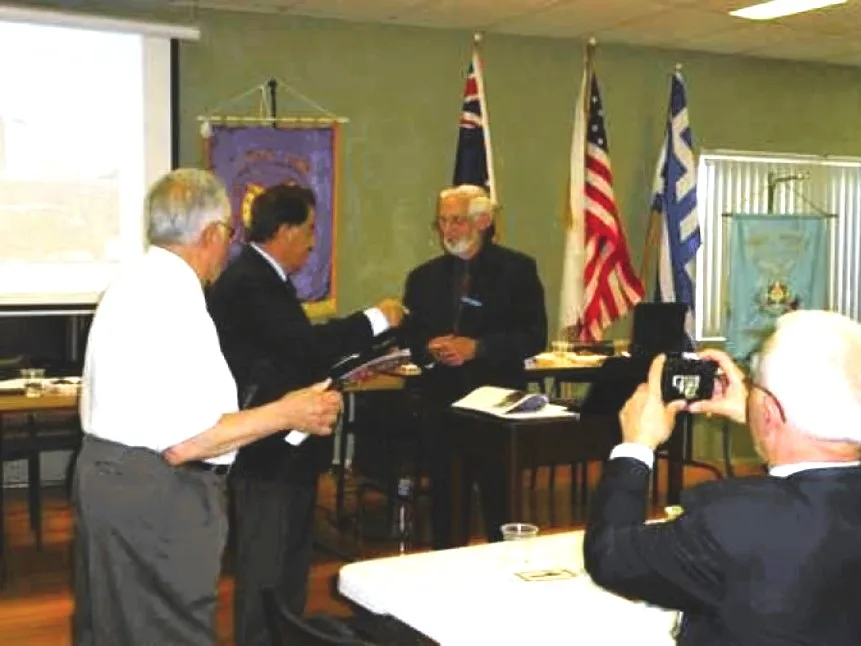
This personal tribute of Peter’s from Australia to Greece, I feel, is as poignant as that of Mr Stratigos’ official visit to Australia in 1946, including the urn presentation. Both men serve as ambassadors to both countries.
All these aforementioned historical gems which Peter has brought to light have been subsequently confirmed through his visits to Canberra, to the National Library of Australia and to the Australian War Memorial there.
He asserts: “In my research I’m careful to determine what is as correct as possible through cross referencing from at least two entirely different sources,” he says.
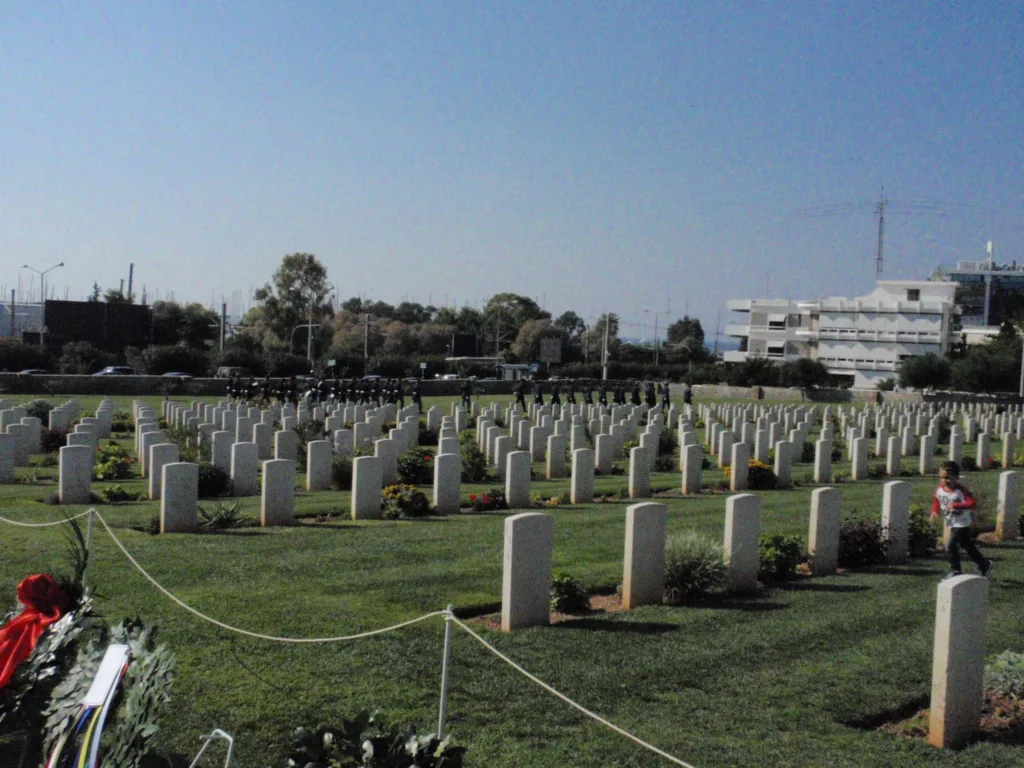
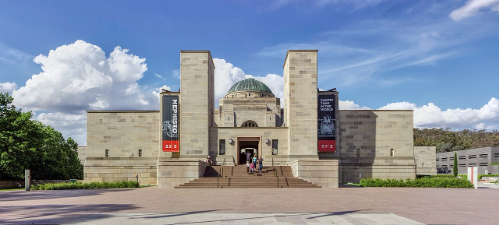
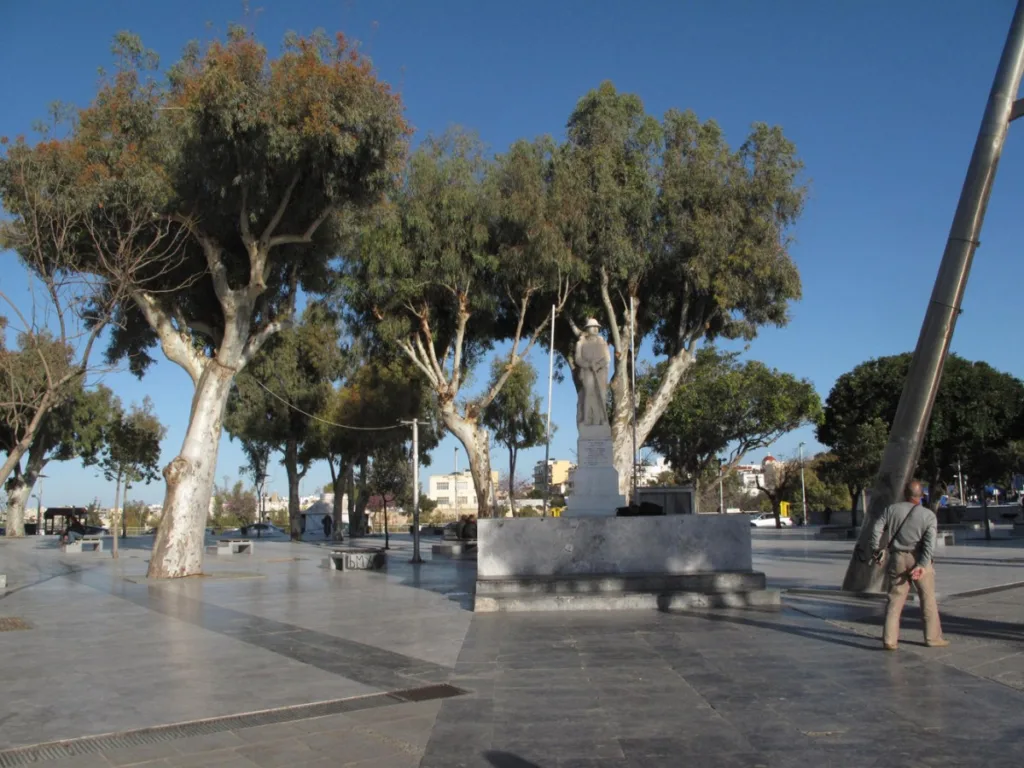
Peter has actually seen the Corinthian urn gift by visiting the Australian War Memorial in Canberra. He was escorted to a storage unit there, where an attendant wearing white gloves lifted the lid of the urn revealing the sacred soil within. Then, from a box, the urn was lifted out. Peter’s records from 1946 state that the urn “had been in the [Greek] National Museum and is regarded as a priceless treasure. It will now be placed in the War Museum at Canberra, where it will hold an honoured place.”
Perhaps it’s time this priceless and symbolic urn, this gift essentially from the Greek people to the Australian people, be put in its intended place. The public should be able to view it as a permanent exhibit with a descriptive placard, of course. I wonder why this hasn’t occurred. After all, it’s not a Trojan Horse.
